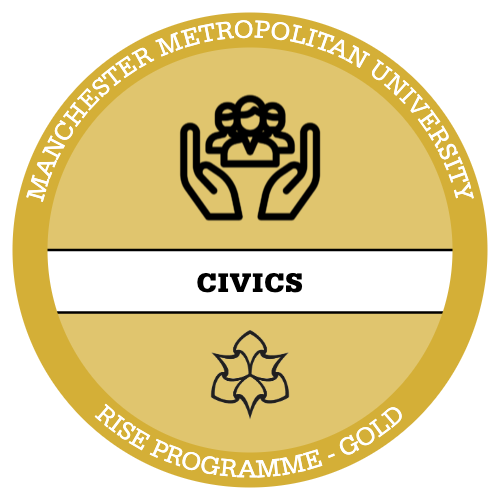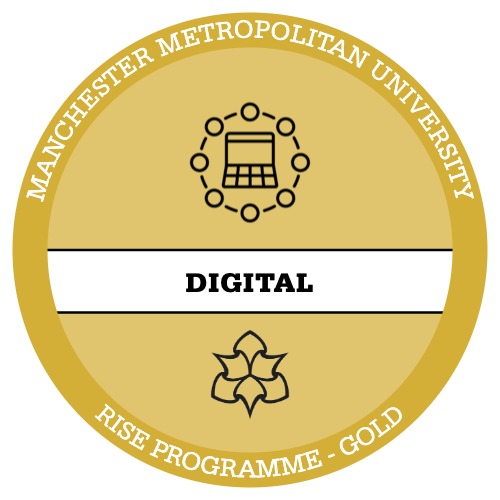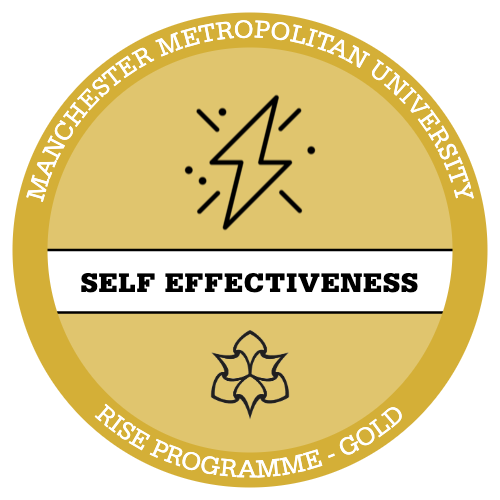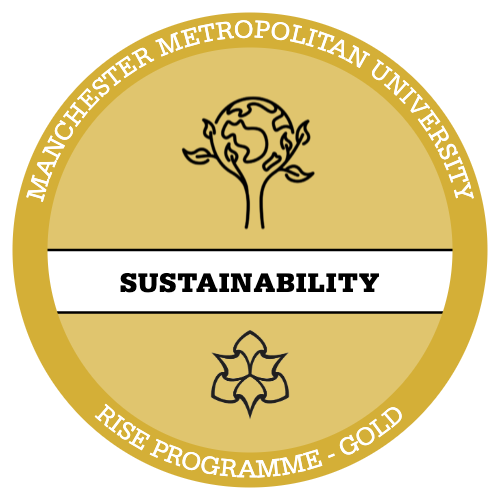Introduce
Communication and language enable children to express their needs, build relationships, and understand the world around them. Early development in this area is linked to success in learning, social interactions, and emotional wellbeing. During this time, a child’s brain is highly adaptable and responsive to learning through interactions with caregivers and their environment.
Key aspects of supporting speech, language and communication development include:

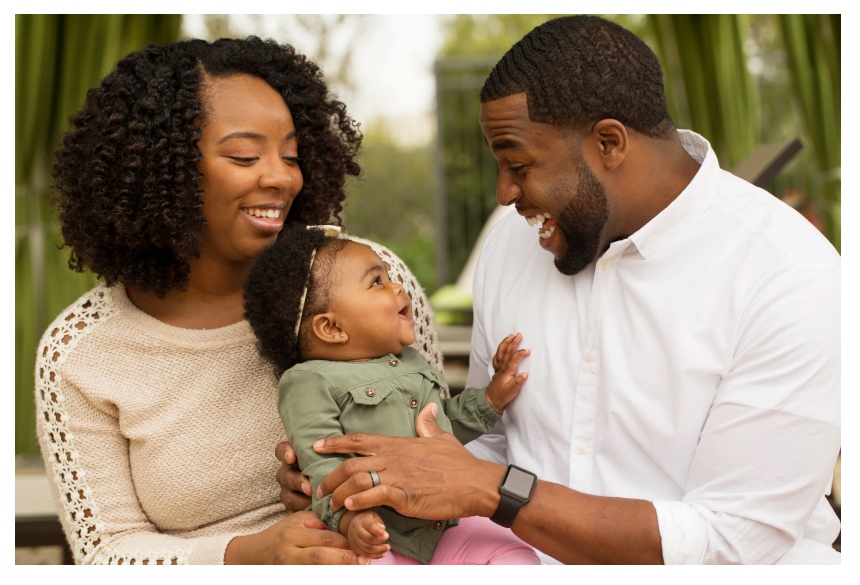
Watch this video to discover top tips from practitioners on how to engage children in exploring language.
Develop
The development of language and communication in young children can happen in many ways. Have a look at 10 Tips for Talking, a resources developed by GMCA:
Some children’s speech, language and communication development does not follow a typical pattern and there may be specific needs which require further support. Inequalities in children’s environments and the quality of their interactions with adults during the early years can significantly impact speech, language and communication development.
Reflect
Stop and Reflect: Spend some time reflecting on the importance of language in early childhood and consider how your role and communication style can help support children’s speech, language and communication development:
– Why is language and communication an important part of development in early childhood?
– How can your interactions with young children help to support the development of language and communication skills?
– What resources might you share with parents to support speech, language and communication development at home?

